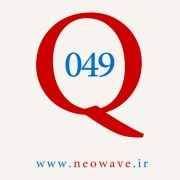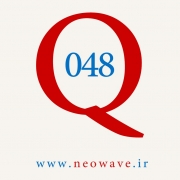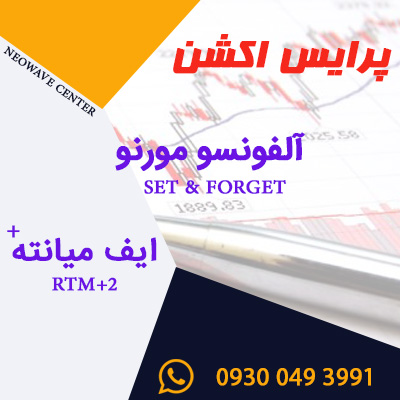To apply NEoWave properly, how many bars should a chart contain?
ANSWER:
Most wave analysts do not appreciate the impact complexity (or the lack thereof) has on accurate wave analysis. About 20 years ago (at 26), I was in New York on my first PR tour, to make an appearance on CNN (the youngest guy ever to appear on their financial news show, I think). While in New York, I visited the office of a professional Elliott Wave analyst. On his wall I saw a 10-foot long, daily plot of the Dow Jones Industrial Average kept up-to-date by hand each day (that’s the way it was back then). The second I saw that chart I thought “this professional, highly-paid analyst doesn’t understand wave theory.”
In nature, every living thing has a certain temperature range in which it can exist. If the temperature is too high or too low, the organism cannot function. When it comes to nutrients, too much or two little can be deadly – survival depends on a delicate balance. When it comes to proper NEoWave analysis, too much or too little complexity will seriously impact accurate analysis.
To determine complexity, you don’t want to count bars, you want to count monowaves (see MEW, page 2-2). Too avoid the subjectivity possible when too many monowaves are present, and the difficulty of arriving at any decision when too few monowaves are visible, the ideal number of monowaves to produce the most accurate analysis is 55 (a Fibonacci number). The minimum of monowaves present should be 34 and the maximum 89. If the chart you are analyzing contains more than 89 monowaves, or less than 34, your personal beliefs and emotions can unconsciously impact your assessments. Therefore, no matter whether you are analyzing an hourly, daily, weekly or 5-minute chart, once the number of monowaves visible exceeds 89, move to the next higher time frame to gain perspective and reduce the number of monowaves being analyzed on the lower time frame.








آخرین دیدگاهها